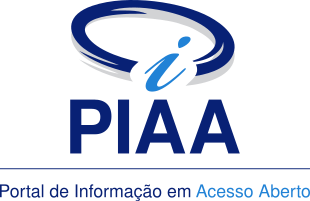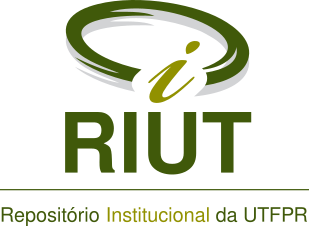Encapsulation of fish oil for food use by membrane emulsification followed by atomization
Resumo
Fish oil consists of an important natural source of omega-3 fatty acids. Studies have shown that the intake of these compounds is directly related to the prevention of specific kinds of cancer, inflammation and allergies, as well as an improvement in development and function of the central nervous system. This study aimed to evaluate the effect of different emulsifiers and polymeric material membranes used in membrane emulsification step (EM Premix) for the encapsulation of fish oil, followed by atomization using the spray dryer. The maltodextrin was used as encapsulating agent. The emulsifier that showed better results for size and particle size distribution in the emulsion (1.063 μm, span 0.66) was Tween 20 (polyoxyethylene sorbitan monolaurate), together with the nylon membrane. The larger transmembrane flux (29.595 Kg/m²s) was also obtained using Tween 20 and with the nylon membrane.
DOI: 10.14685/rebrapa.v5i1.133
Palavras-chave
Texto completo:
PDFDOI: 10.14685/rebrapa.v5i1.133
Apontamentos
- Não há apontamentos.
Direitos autorais





